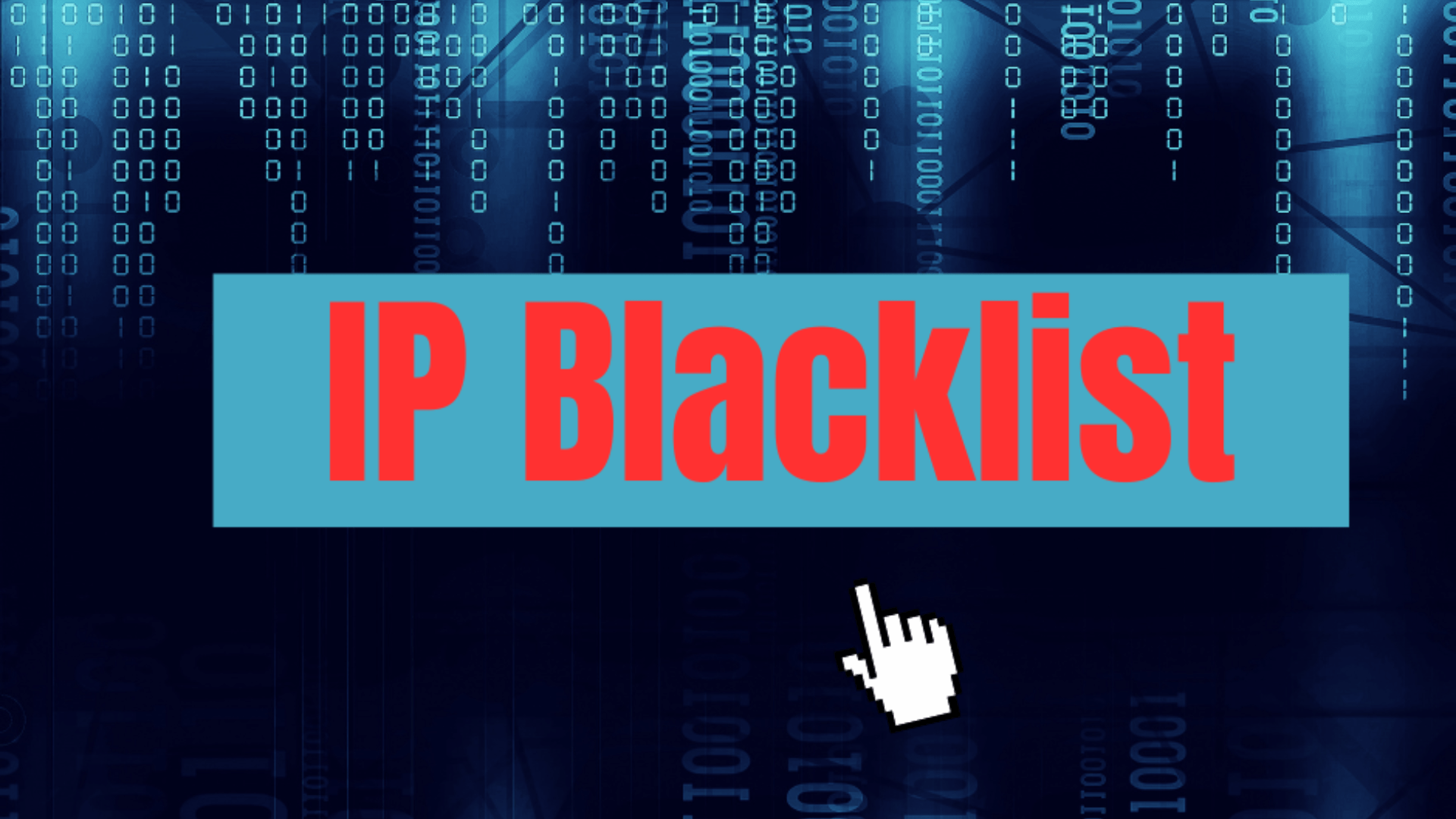
Why do ip addresses get blacklisted?
Why IP Addresses goes in Blacklist
When IP addresses engage in actions deemed suspicious or malevolent, especially those involving spam or incorrect email setup, they are placed on Spam haus’ blacklist. The following are the primary causes of an IP being placed on a Spam haus blacklist
Sending unsolicited emails is the most frequent cause. Your server may be reported if it sends unsolicited mass emails. Even if your server was compromised or improperly configured, this might still occur.
Open Relay or Open Proxy:
Spammers may take advantage of your mail server if it is set incorrectly and permits unwanted email relaying. Such IPs will be promptly blacklisted by Spam haus.
Residential or dynamic IP
• IP ranges that shouldn’t send emails directly are listed by Spam haus PBL (Policy Block List).
• It’s probably displayed by default if you’re utilizing a dynamic IP from an internet provider.
Malware or Botnet Infection:
Spam haus may blacklist a machine utilizing that IP address if it is a member of a botnet that sends spam or scans networks.
Ineffective Email Techniques
• No rDNS, DKIM, or SPF records.
• Sending emails from untrusted sources or with faked headers.
•No CAN-SPAM infractions or unsubscribe options
Compromised Script or Website:
• If your server is hosting a compromised content management system (like WordPress) that is being exploited to distribute spam,, your IP can be listed.
✅ How to Verify Your IP Is Blacklisted
2. To check if your IP address is mentioned, enter it. 3. Displayed for that list, if it exists (SBL, PBL, XBL, etc.).
✅ Blacklist Sequence (Escalation Flow & General Severity) The usual order of severity, from least to most serious, is as follows:
- Policy Block List, or PBL
• Goal: Lists IP ranges (such as dynamic or residential IPs) that aren’t meant to be used for direct mail sending.
•Cause: You’re probably sending mail using a consumer-grade IP address (such as one from an ISP or mobile carrier).
•Resolution: Make use of an appropriate mail server or relay via SMTP or your ISP.
• Severity: Low (more of a policy concern than an indicator of spam)

- CSS (Block List of Exploits for Spam haus CSS)
- • Goal: A subclass of SBL that focusses on hacked or hijacked IPs or servers that behave like spam, usually on clean IPs.
• Cause: Bot activity, poor configuration, or an unexpected spike in SMTP traffic.
• Fix: Secure and clean your server, and look for accounts or scripts that have been compromised. Moderate is the severity.
- Spam haus Block List, or SBL
• Goal: Offers a list of IP addresses engaged in spamming operations or sending spam. .
• Cause: Malicious activity, direct spam complaints, and spamtrap hits.
• Resolution: A thorough examination is necessary. It requires you to get in touch with Spam haus and describe your cleaning process.
• Level of severity:
- Exploits Block List, or XBL
• Goal: IPs compromised by viruses, malware, open proxies, or exploited security holes. • Source: Contains information from the Composite Blocking List (CBL).
• Severity: Extremely High—systems that are actively exploited.
- Domain Block List, or DBL
• Goal: Provides a list of domain names (not IP addresses) linked to dangerous content or spam.
• Severity: High if your domain is used in spam or phishing efforts. The following describes the contents of each Spam haus blacklist (SBL, PBL, XBL, etc.) and how to fix it if your domain or IP address is on one of these lists:
✅ 3. If listed, shown for that list (SBL, PBL, XBL, etc.): Resolution Guide
| List | Full Name | Reason for Listing | How to Resolve / Delist |
| PBL | Policy Block List | IP is not authorized to send mail directly (e.g., dynamic or residential IP). Common for entire IP ranges. | 1. Use your ISP’s SMTP relay. 2. If you own a static IP with a mail server, request delisting: 3.https://www.spamhaus.org/pbl/removal/ |
| SBL | Spamhaus Block List | IP is sending spam or part of a spam operation. | 1. Secure your server. 2. Remove malware/spam tools. 3. Review abuse reports. 4.Submit removal request: https://www.spamhaus.org/sbl/removal/ |
| XBL | Exploits Block List | IP is infected or compromised (e.g., open proxy, botnet, malware). | 1. Run malware/rootkit scans (rkhunter, chkrootkit). 2. Close open ports (25, 23, etc.). 3. Clean and harden server. 4.Submit delisting: https://www.spamhaus.org/xbl/removal/ |
| CSS | CSS (subset of SBL) | IP flagged for suspicious SMTP traffic (e.g., spikes, scripts abuse). | 1. Secure web forms/scripts. 2. Limit outgoing SMTP traffic. 3. Wait 24–48 hours (auto-delist possible). 4.Or submit request: |
| DBL | Domain Block List | Your domain is used in spam, phishing, or malware hosting. | 1. Clean website. 2. Remove malicious content. 3. Fix mail headers. 4. Delist domain: |
Standard Operating Procedures Before Removal
1. Check the IP/domain status using .
2. To find out why it was included, look at the reports or supporting materials.
3. Take care of the root cause (malware, improper usage of SMTP, hacked scripts, etc.).
Read Related: How to whitelist IP addresses in windows firewall?







